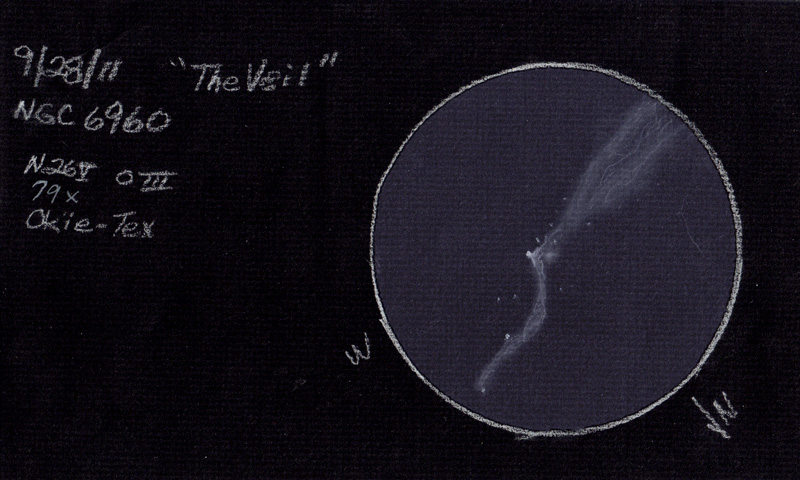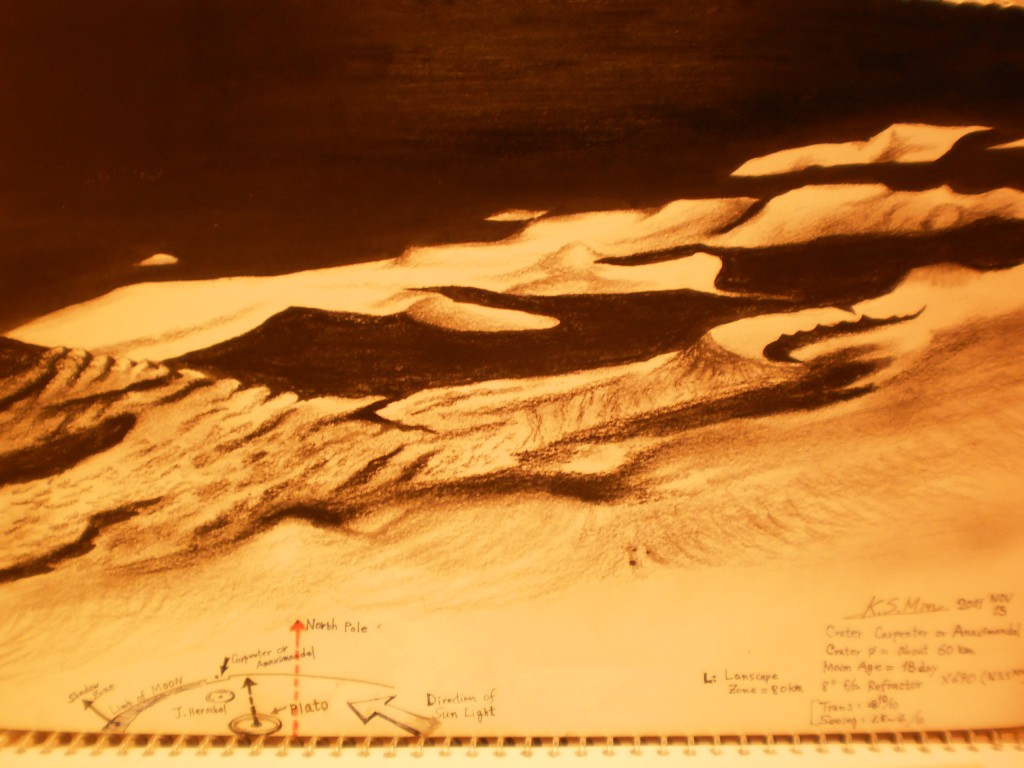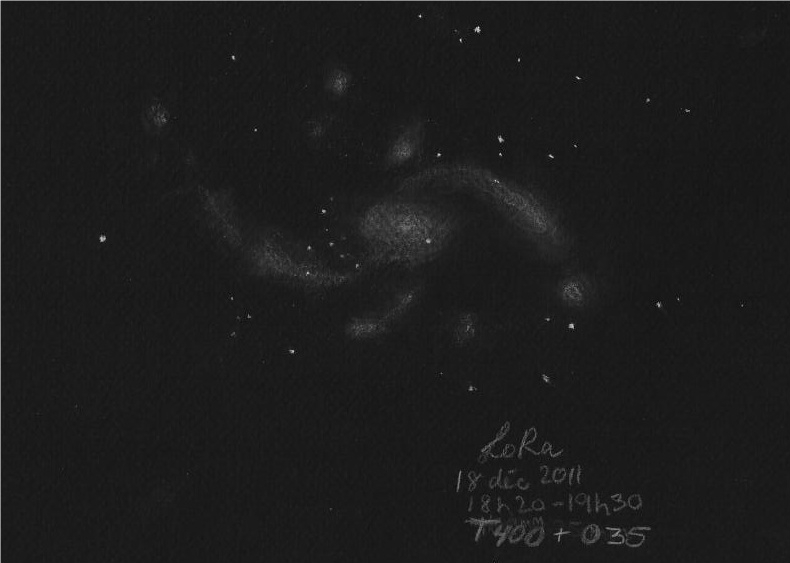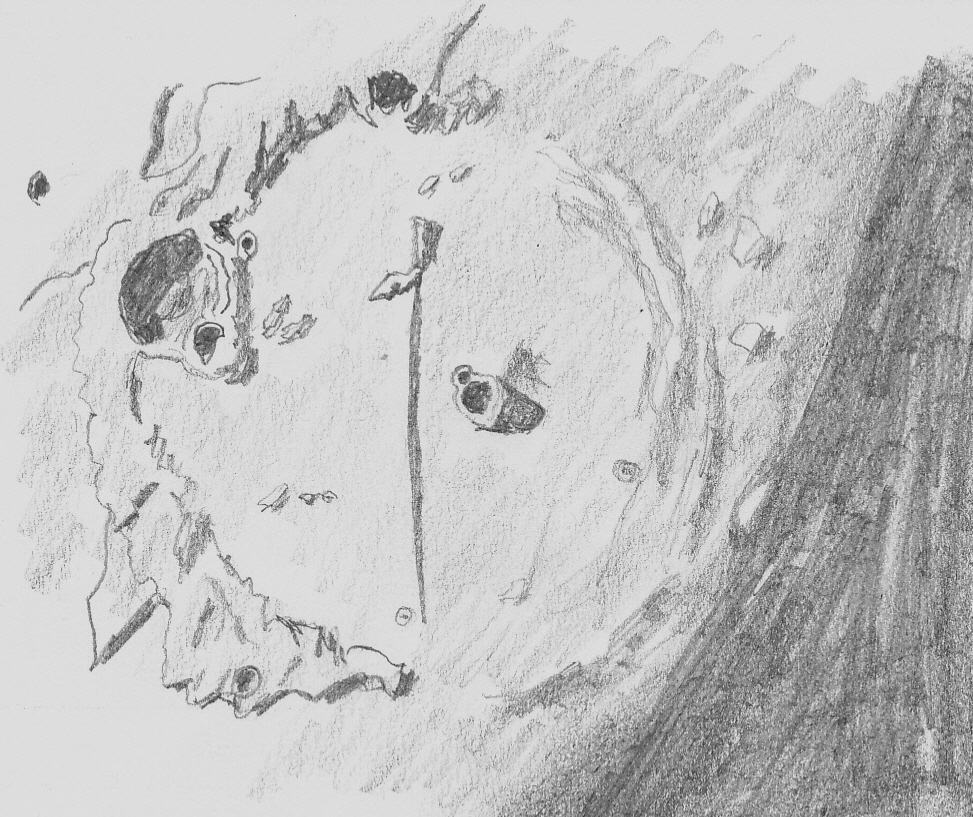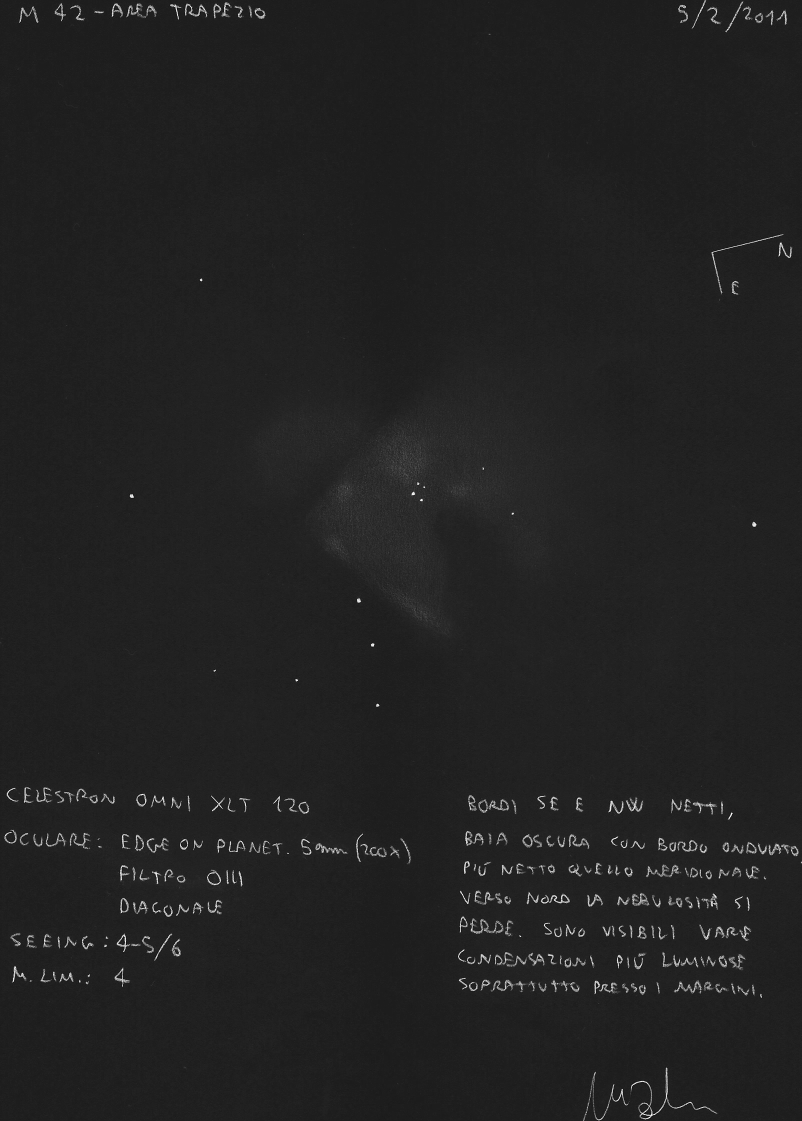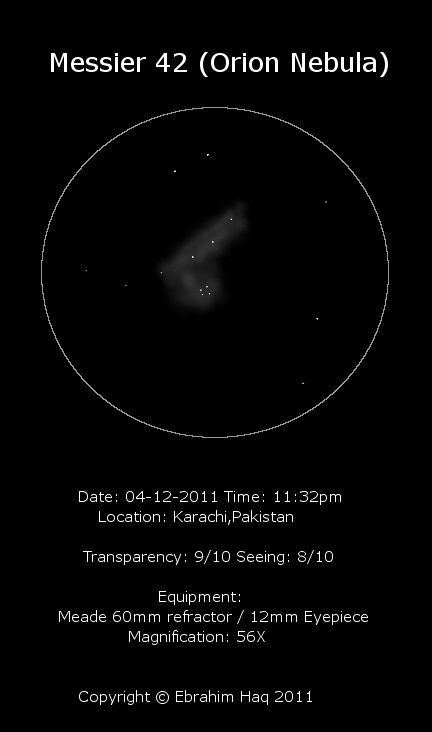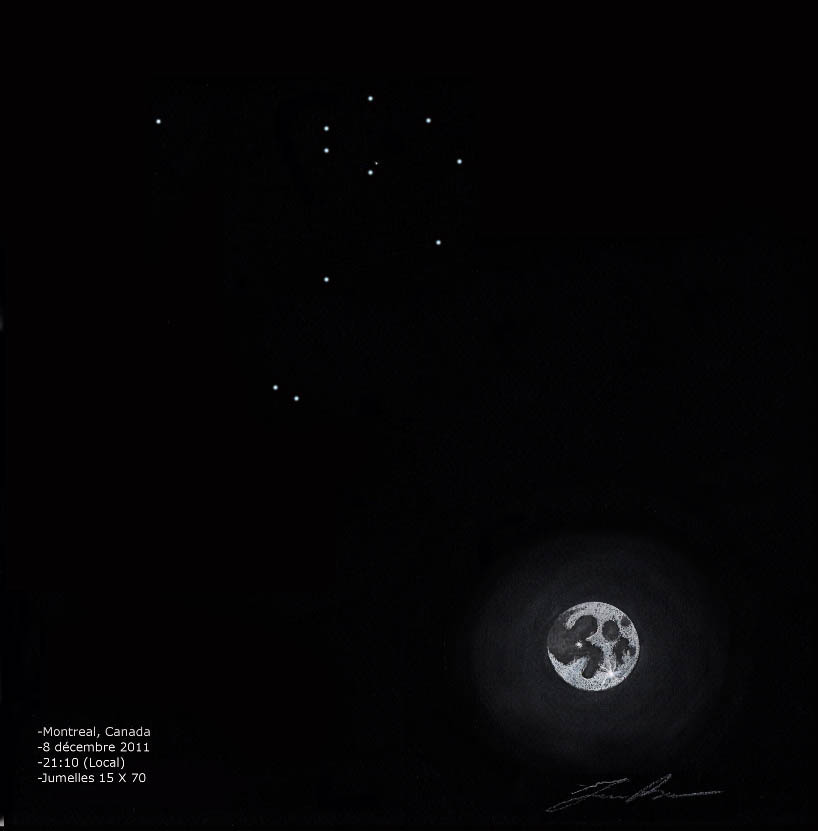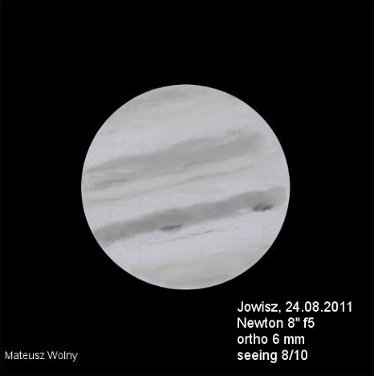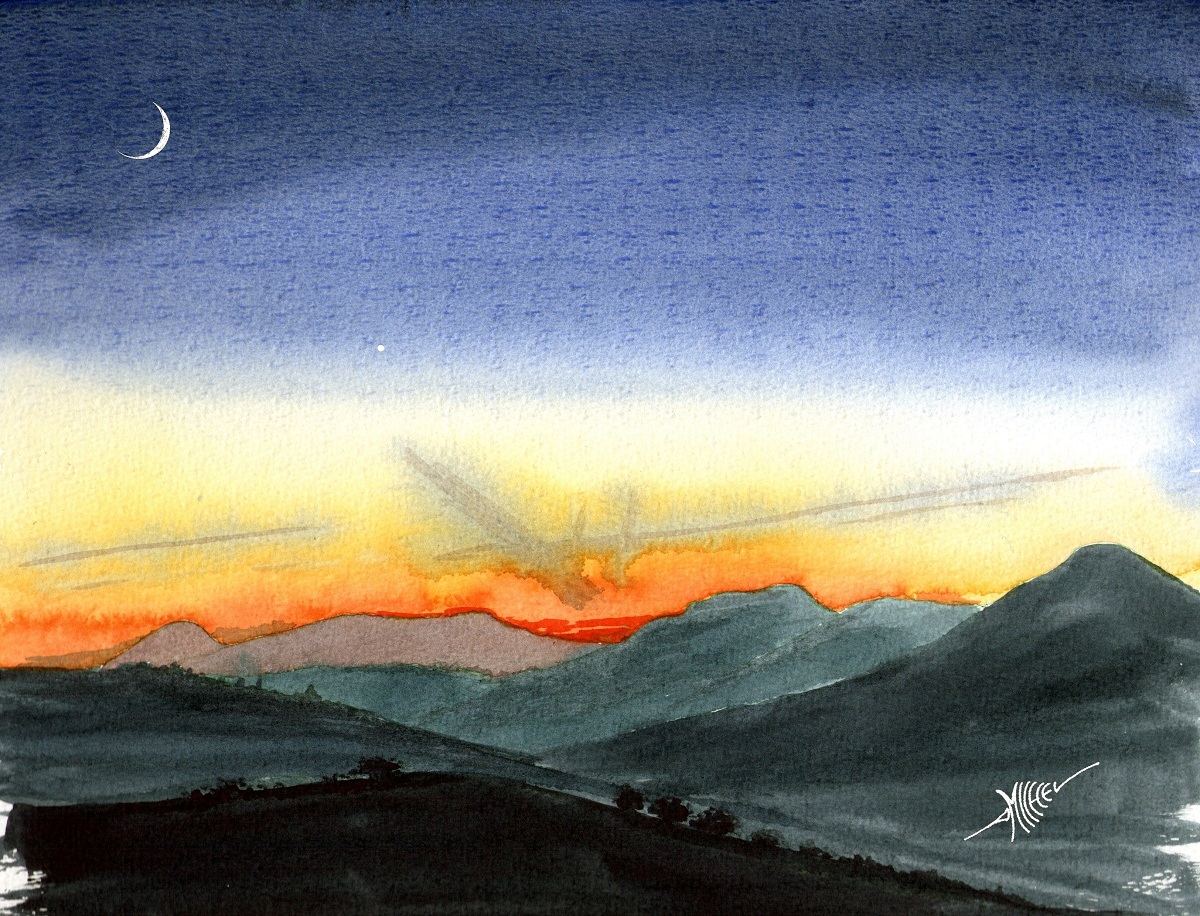
Hi all,
This October New Moon saw me attend for the first time the Ice In Space Astro Camp. The forecast threatened thunderstorms, but as luck would have it, the clouds parted to give us a great view of the sky. Thunderstorms did happen, but we only saw the glow of the flash of lightening from a massive storm system that lay behind a ridge.
My first sketch of the night was of 47 Tuc (NGC 104). This massive globular cluster is considered to be the remnant core of a galaxy long ago swallowed up by our Milky Way. There is at least one other remnant core, that being Omega Centauri.
The view of 47 Tuc through my 17.5” is nothing but astounding. At 125X the whole FOV is filled with countless stars. Its core is very compact and extremely bright, and the reach of the remaining ball of stars is impossible to determine its limits. Transparency was a little lacking, but you take what you get sometimes.
For once I added a FOV ring around the subject. My customary ringless sketch lacked a little something with this one as the field doesn’t extend to the edge of the page, the excessive blank black caused a lack of context. The FOV ring this time I feel gives that context to the sketch with only a small amount of extraneous stars lying just outside the ring.
An interesting comparison is between 47 Tuc and Omega Centauri, the two largest globular clusters in the sky. Omega’s core is larger in apparent size, while 47’s is much more compact and intense. This makes for an easier pick-up of ‘fingerprint’ patterns within Omega, while these patterns are much more subtle and even fickle in 47 Tuc. Still, these differences make for their distinct & unique qualities.
This was a challenge to sketch faithfully. As most of the stars in this cluster are actually quite faint on their own, it became more of a matter of attempting to lay down an impression of the collective features. The patchy ‘mini clusters’ around the perimeter, the suggested arcs and lines, and the distinct three ‘dark’ spots on the core, one of which is more of a bar that lies above two of the spots.
I hope you enjoy this sketch.
Alex M.
Object: 47 Tuc (NGC 104)
Scope: 17.5” f/4.5 push-pull dob
Gear: 16mm Unitron König, 125X
Location: Lostock, NSW, Oz
Date: 30th October 2011
Media: White pastel pencil and white gel pen on A4 size black paper
Duration: 1.5hrs.
